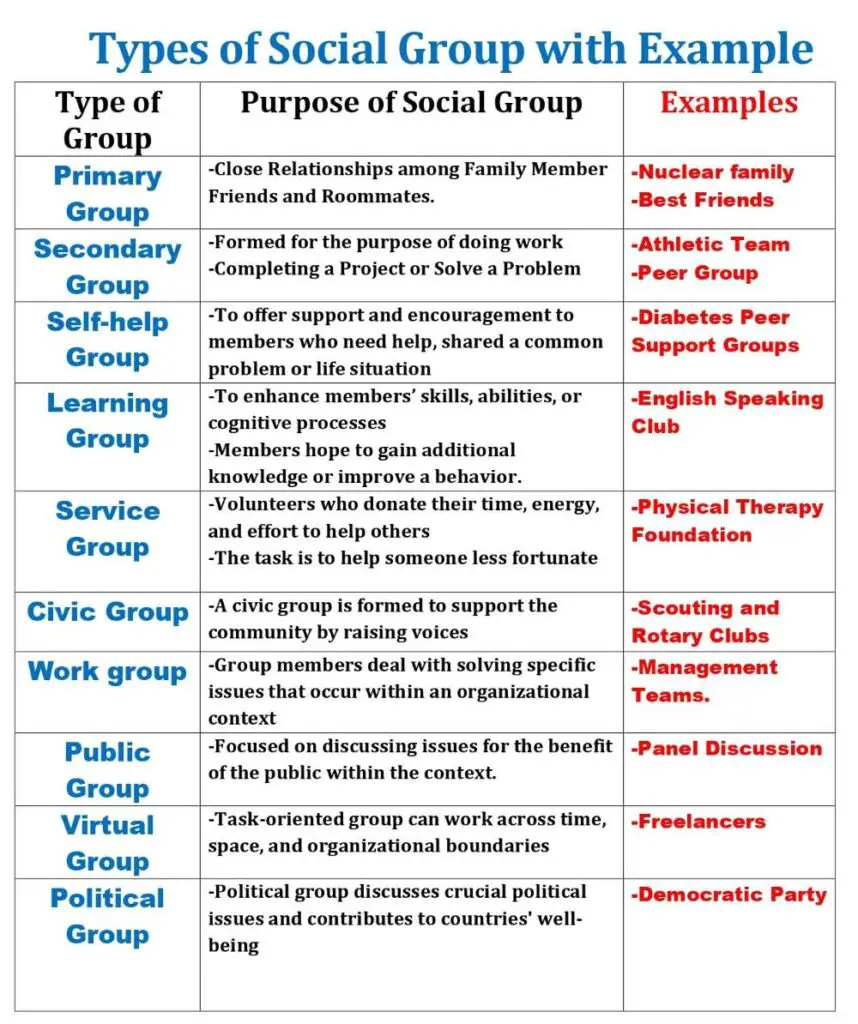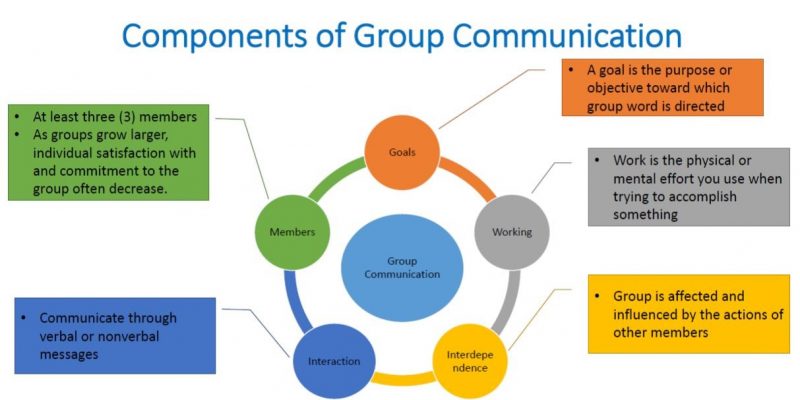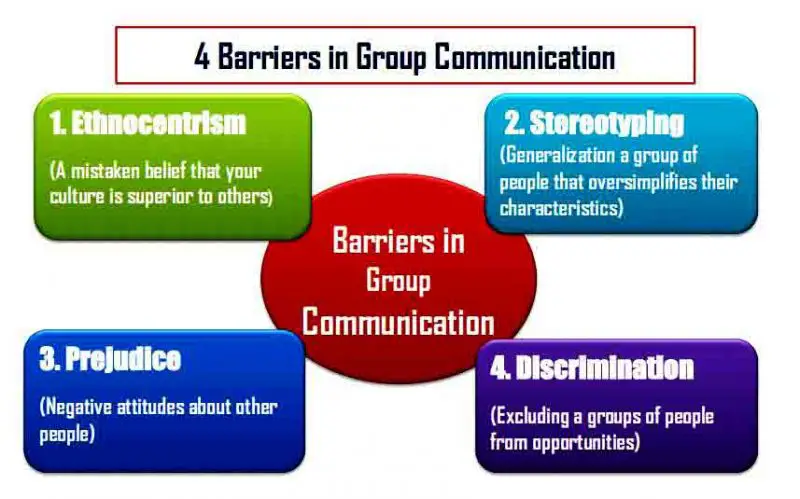Social Groups Types and Examples In Sociology PDF. Also, Ten Types of Social Groups.
Social Groups
Social groups refer to groups of people in society who communicate regularly to achieve individual and group goals. Every social group is formed by more than two people. The people in the same group share similar characteristics, mutual expectations, and shared identity. These groups have been prevalent in society for thousands of years, such as learning groups, work groups, self-help groups, etc. The social groups are divided into different small sub-groups. A small social group consists small number of people in society. The members of these small social groups communicate regularly and share common objectives. Group communication is significant to achieving the group goal.
Group development models explain that group communication has many stages, tensions, and conflicts, so members need to maintain all the challenges to achieve the final goal. According to Tuckman’s Theory, the five stages of group discussion are Forming, Storming, Norming, Performing, and Adjourning. Members must overcome all these stages to achieve the independent and interdependent goal. The four types of barriers in group communication are Ethnocentrism, Stereotyping, Prejudice, and Discrimination.

Types of Social Groups
The 10 Types of Social Groups are:
- Primary Group
- Secondary Group
- Self-help Group
- Learning Group
- Service Group
- Civic Group
- Work-Group
- Public Group
- Virtual Group
- Political Group
Based on the research, the author has revealed a list of the top 10 types of social groups—the list of the top 10 types of social groups with the overall purpose and example given below.
Types of Social Groups with Examples
1. Primary Group
The primary group refers to close relationships among family members, friends, and roommates. The members satisfy primary needs including affiliation, belonging, love, and esteem. The primary group maintains interpersonal communicative behaviors among members such as self-disclosure, empathy, trust, and perceived understanding. The researchers term primary group as a long-standing group in many textbooks; because of long-term relationships.
For example, the Nuclear family, Roommates, Several friends who meet daily around a table (best friends), and co-workers who regularly share Coffee breaks are under the primary group.
2. Secondary Group
A secondary group is formed when few people communicate to complete daily tasks. Most scholars mentioned that the secondary group is usually formed to do work. The group members form this group to complete a project and solve a problem. Similar to the primary group, secondary group members share a common interest or engage in a shared activity.
For example, Athletic Teams and Peer Groups are social groups.
3. Self-Help Group (SHG)
A self-help group refers to voluntary team members who meet together to improve their living, physical, and financial condition. Group members face similar health conditions, common problems or life situations, and financial crises. This group goal is directed to a mutual approach to resolving problems. It offers support and encouragement to members who look for individual development. Self-help groups are available on the Internet, providing health, personal, or relationship issues.
For example, Diabetes Peer Support Groups, Cancer self-help and support groups, and Early Morning Running Groups.
4. Learning Group
A learning group refers to a collective of people who come together to develop skills and abilities. Usually, the educational or learning group primarily discovers and develops new ideas and ways of thinking.
This group is intended to enhance members’ skills, abilities, also cognitive processes. Group members gain additional knowledge to improve their behavior.
For example, the English-speaking club members come together to practice and improve English language proficiency. professional workshops and health and fitness classes (Yoga) are examples of learning groups.
5. Service Group
The service group refers to a group of volunteers who donate their time, energy, and effort to help others who need particular assistance. This group members seek to help those people who need something to lead their lives. They foster social etiquette and responsibility towards others in society. The task of this group is to help someone less fortunate.
For example, the Physical Therapy Foundation and Kiwanis is a service group.
6. Civic Group
A civic group is formed to support the community by raising voices. In this group, members help people within the community. Civic groups play a vital role in promoting civic engagement, fostering social cohesion, and advancing positive social changes. Members mobilize resources, raising awareness, and advocating for policy reform. They provide opportunities for individuals to come together, voice their concerns, and take collective action to address pressing issues facing their communities and societies
For example, Parent-Teacher Associations, Churches, Mosques, Scouting and Rotary Clubs.
7. Work-group
The working group is, also known as a decision-making and problem-solving group. The group members deal with solving specific issues that occur within an organizational context. Members complete particular tasks and routine duties on behalf of an organization whose members take collective responsibility for the job. The group goal is to collaborate in collective work.
For example, Standing committees, Taskforces, and Management Teams are workgroups.
8. Public Group
A public group is focused on discussing important issues for the benefit of the public. The group members focus on the common goals that benefit everyone within context. They are key decision-makers and promote general public matters. Social media users are part of this group.
For instance, symposiums, panel discussions, and forums are examples of public groups.
9. Virtual Group
The task-oriented group can work across time, space, and organizational boundaries. Virtual meeting group members work interdependently on a task but from different physical locations via communication technology. This group evolves into a virtual community or a group that meets regularly in cyberspace for members to share their experiences, opinions, and knowledge on a particular topic or interest. Virtual groups communicate via virtual meeting platforms, such as Google Meet, Zoom meetings, Microsoft Teams, etc.
For example, a freelancer works from a different country via online meetings.
10. Political Group
A political group discusses crucial economic and political issues and contributes to countries’ well-being. The political leaders meet physically or virtually to make decisions.
For example, the Democratic Party and the Republican Party are the two major political groups. From a political perspective, most American voters are members of Democratic or Republican political parties.
In conclusion, the ten types of social groups are primary group, secondary group, self-help group, learning group, service group, civic group, work group, public group, virtual group, and political group. Then members of these groups communicate and work together for people’s well-being. The advantages of small group communication are enhancing performance, member satisfaction, and greater civic engagement.

